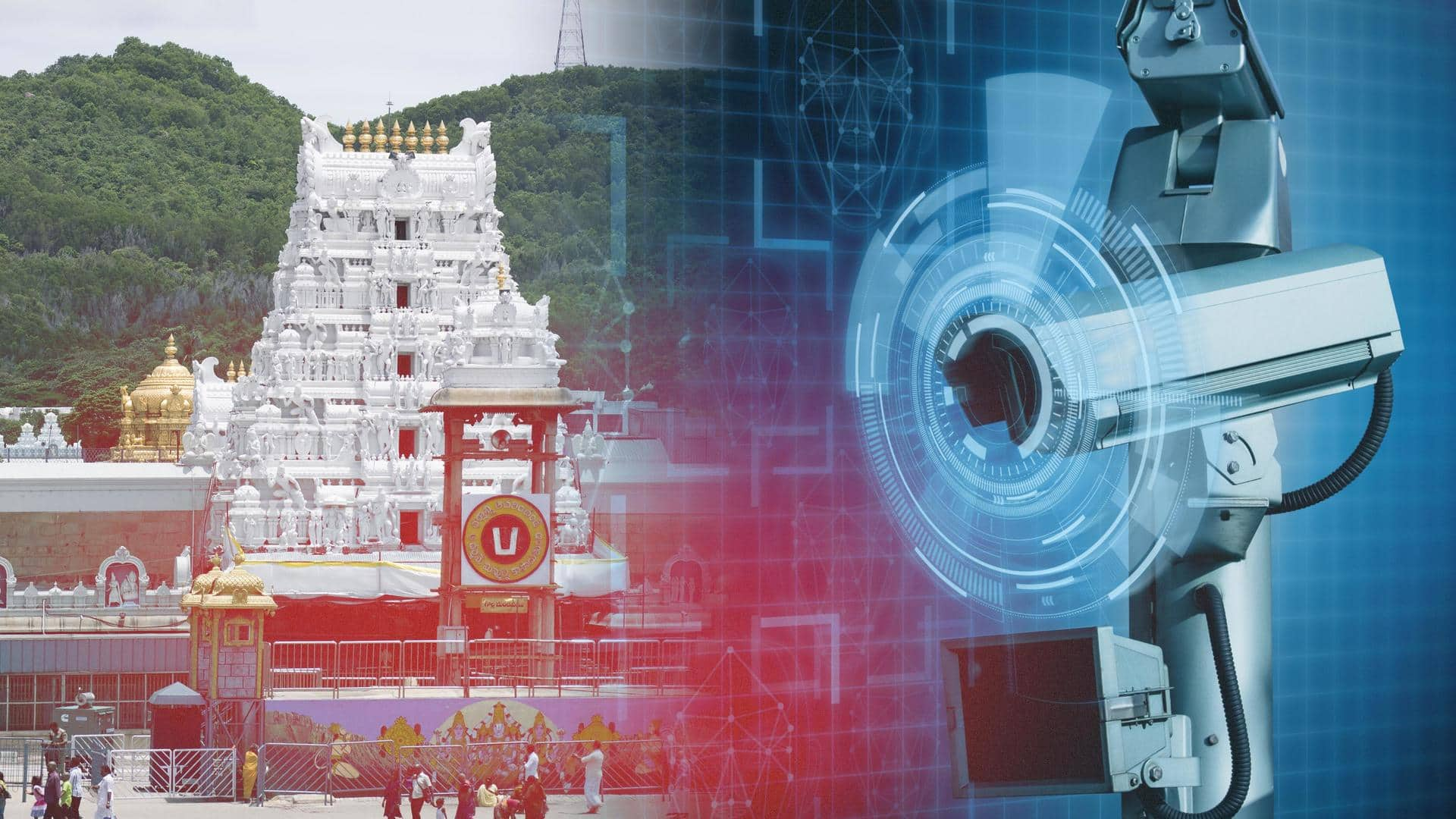
Tirupati Temple gets facial recognition system: How will it work
What's the story
To prevent misuse of temple services, the famous Lord Venkateswara temple in Andhra Pradesh's Tirupati district has introduced a facial recognition system. The service has been introduced by the managing trust body Tirumala Tirupati Devasthanams (TTD) on an experimental basis and it will recognize all devotees at the time of entrance inside the premises. The pilgrims will be subjected to surveillance by 3,000 cameras.
Context
Why does this story matter?
The Lord Venkateswara temple is one of the world's busiest religious institutions and attracts millions of devotees every year. As such, it becomes difficult to keep track of each and every individual within the premises. The new facial recognition tech introduced by TTD will aid in this. From preventing impersonation to finding missing persons, the possibilities are endless.
Locations
Where are the services being introduced first?
As per temple authorities, the facial recognition tech has been initially introduced at the Sarvadarshanam (free darshan), laddu disbursal counters, tokenless darshan (holy visit), caution deposit refunds section, and the accommodation allotment systems. The same tech will be extended to other devotee services too in the coming days. TTD believes this will aid in curbing misuse by those who repeatedly avail the services.
Reason
Why is facial recognition tech required?
Devotees often grab multiple tokens at the Sarvadarshanam complex and use them to draw extra caution deposits from the refund counters. Also, coming for free darshan multiple times inconveniences other pilgrims as the temple is always packed. The new tech should limit such incidents and aid in allocating rooms to genuine pilgrims for subsidized rentals. This will prevent their exploitation by touts and middlemen.
Steps
How does the tech work?
Devotees will be snapped at the entry gate during enrollment. Their picture will then be stored in a data bank to avoid impersonation. The facial recognition technology will alert if the same person comes for a second visit. If images from the first and subsequent visits match, paying devotees will be allowed multiple entries in a month. However, the rest will be disbarred.
Information
It will be easier to find missing persons
The new tech will restrict devotees' free darshan to once a month to prevent overcrowding. The system will also make finding missing persons easier inside the huge temple complex, as every visitor will be on a database and surveilled.